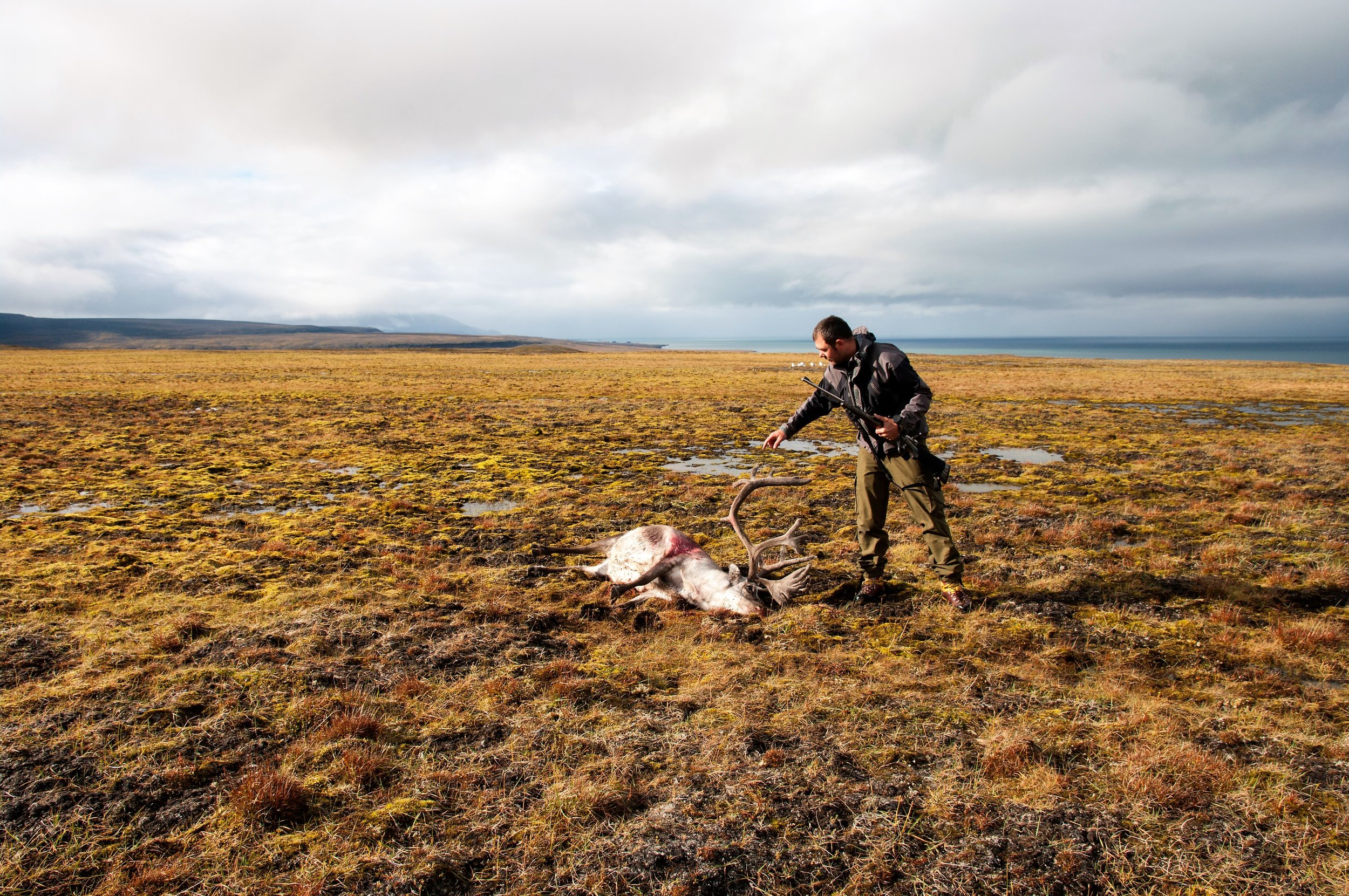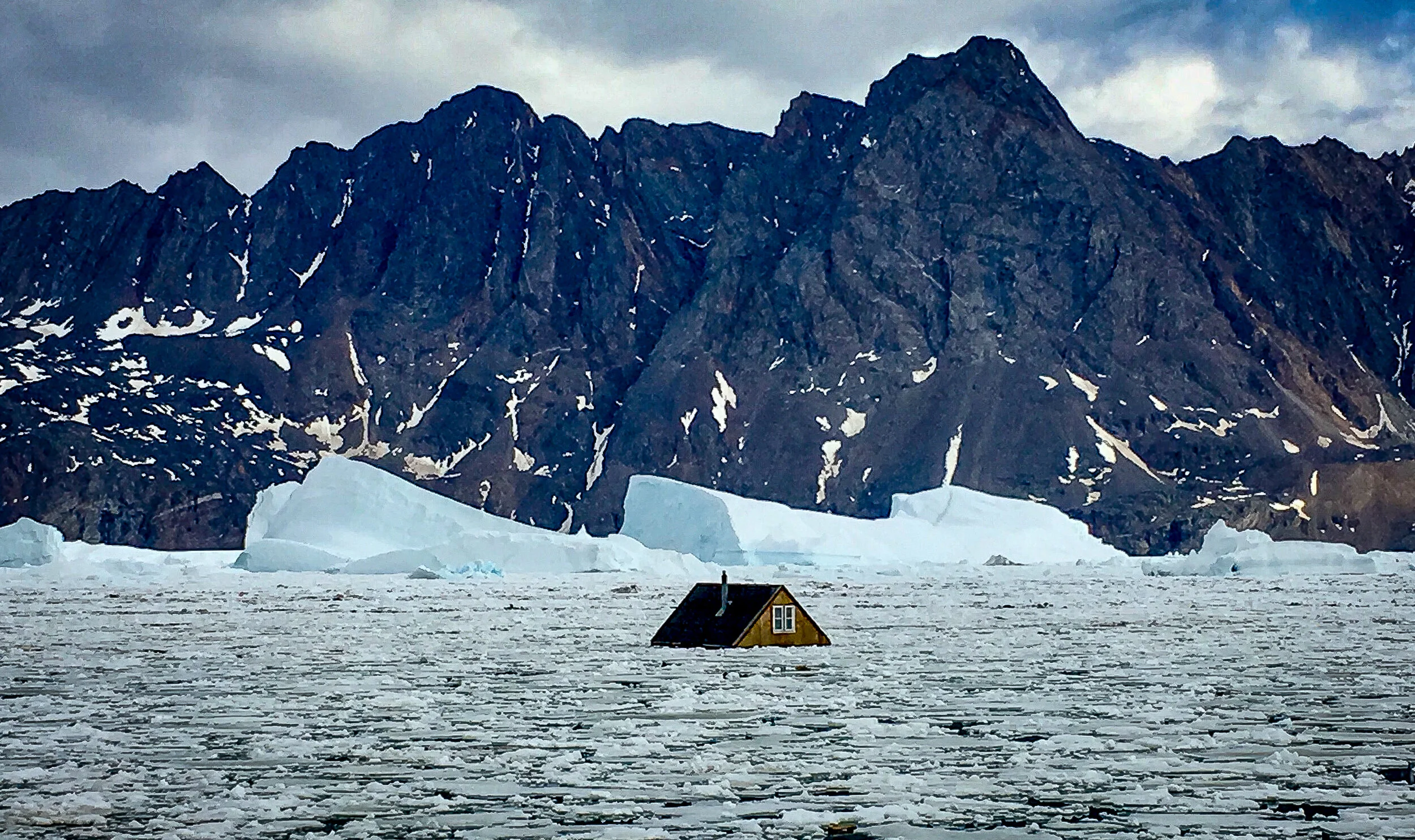What is Sustainable Harvest When the Climate is Changing?
SCIENCE
Åshild Ønvik Pedersen,
Eva Fuglei & Øystein Overrein / Norwegian Polar Institute
John-André Henden, Rolf A. Ims, Edwige Bellier, Sandra Hamel, Filippo Marolla, Jarad Pope Mellard
& Nigel G. Yoccoz / UiT The Arctic University of Norway
Audun Stien & Torkild Tveraa / Norwegian Institute for Nature Research
Major anthropogenic stressors, like climate change and harvesting, are affecting most ecosystems on Earth.
In the SUSTAIN project, three of the strongest ecological research communities in Norway ask: How will ecosystems respond to the interacting effects of climate change and harvest?
Major human stressors, such as climate change and harvest, are currently affecting terrestrial, freshwater and marine ecosystems. Although each individual stress factor can have far-reaching implications, the combined effects of harvest and climate change may be greater than the sum of the two. Such interactive effects are poorly studied. This is problematic because interactions may alter ecosystems in unexpected ways, potentially affecting ecosystem services, that is the direct and indirect benefits ecosystems provide to humankind. When ecosystems fundamentally change, current harvest levels may not be sustainable and knowledge-based management may no longer be valid. How can researchers, managers, fishermen, herders and hunters prepare for this new and challenging reality?
SUSTAIN
The project Sustainable management of renewable resources in a changing environment: an integrated approach across ecosystems (http://www.sustain.uio.no/) has the ambition to use an ensemble of high-quality ecological models to answer these challenging questions. The emergent and accelerating environmental changes have fostered a unique partnership between internationally-leading ecologists at three universities in Norway (UiT, UiO and NTNU), scientists from several research institutes, and stakeholders spanning from environmental policy and decision makers to Sami reindeer herders and the forestry industry. Together, they will develop frameworks for management strategies that contribute to resilience in a range of marine, aquatic, and terrestrial ecosystems under changing climatic conditions. Several of SUSTAIN’s “case study ecosystems” are within the geographic domain of the Fram Centre, such as the Barents Sea, the High Arctic tundra in Svalbard, and both the Low Arctic tundra and the boreal forest in northern Norway.
Figure 1. A conceptual model outlining the relations that will be addressed in SUSTAIN’s case studies on terrestrial low- and sub-Arctic ecosystems. Graphics: Jan Roald / Norwegian Polar Institute
SUSTAIN is a nationally coordinated research project in the ECOSYSTEM programme of the Research Council of Norway (2016-2018) and received additional financial support from the Fram Centre’s Terrestrial flagship programme.
Strategic foresight
To ensure stakeholder involvement, SUSTAIN will use a Strategic foresight protocol, which provides a framework for structured contingency planning to deal with surprises that may threaten managed ecosystems. The project builds on and extends the concept of adaptive management with increased attention to foresight analyses. The structured process involves the stakeholders, making them active participants in the entire research process, from setting the goals to translating results into practical sustainable management strategies and actions. The strategic foresight protocol will help to: 1) Identify possible ecosystem surprises from interacting effects of climate change and harvest and early environmental signals of their emergence; 2) Provide guidelines on how research and monitoring systems can improve to anticipate and detect surprises; and 3) Determine how management can implement immediate actions and new strategies that counteract the negative impacts on both single species and entire ecosystems. The cross-ecosystem scope of SUSTAIN will transcend the conventional “box thinking” of freshwater, marine, and terrestrial ecological sub-disciplines, and the stakeholder involvement will break down the barriers between academics and stakeholders. The SUSTAIN effort aims to counteract fragmentation within Norwegian environmental science and establish new long-lasting relations between academics and stakeholders.
Challenges
Climate change and its interactions with other drivers are the largest challenge for future sustainable management of harvest – especially in the high north. SUSTAIN researchers have ideas for how to use data and ensemble models to predict responses of harvested species to possible future climate- and harvest scenarios. The fact that environmental stochasticity and systematic trends are influencing species abundances and hence the harvest offtake are fundamental premises. Thus, it is important to investigate whether harvest may act to increase or reduce the impact of climate change on the abundance and variability of species and ecosystems. Another important question is whether existing data and models are sufficient to predict such responses, and particularly whether certain aspects of current ecosystem monitoring and modelling need further improvements to allow robust research-based management strategies to be developed. Such perspectives and questions are likely just as important to the stakeholders as to the researchers. In SUSTAIN the joint research efforts and the stakeholders practical approach to harvest management are combined to explore alternatives and new strategies. SUSTAIN will likely not provide any “final solution” to management of harvested species in a rapidly changing environment, but cover new ground and provide fruitful partnership and intersections between research, management, and resource-users working to counteract the climate change effects on harvested species and ecosystems.
Photo: Nicolas Lecomte
Photo: Elise Strømseng















